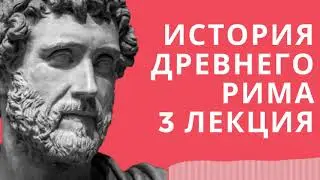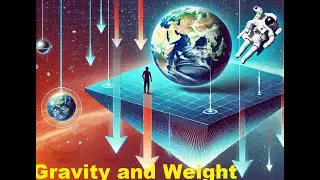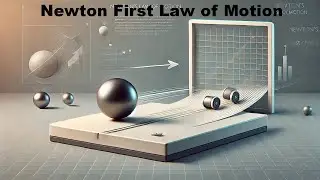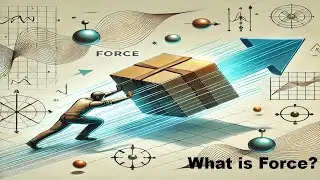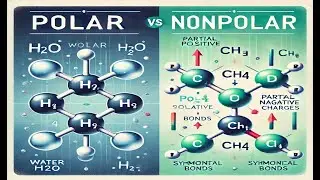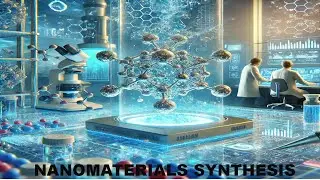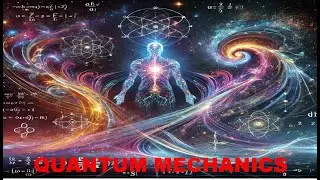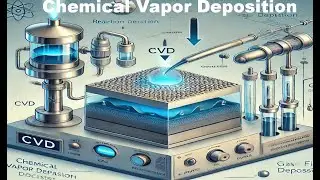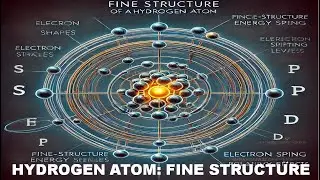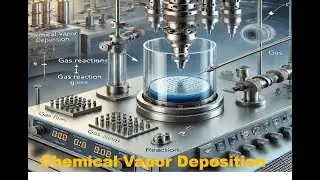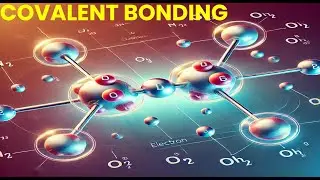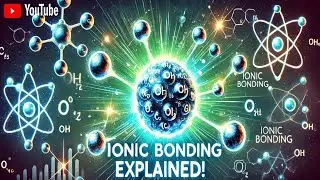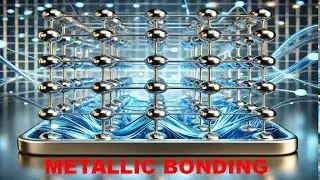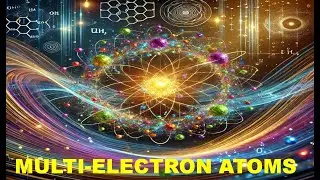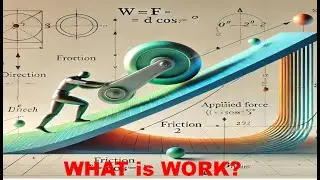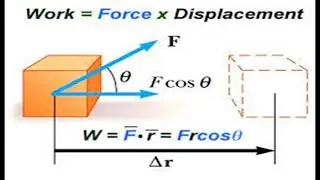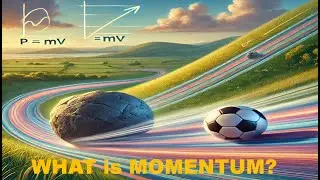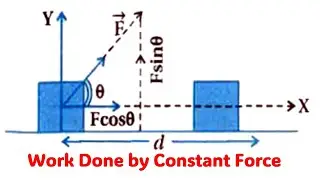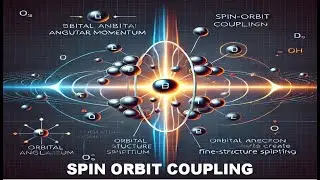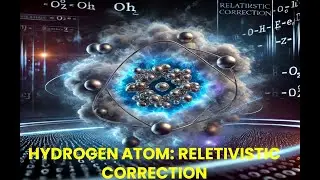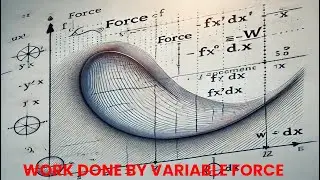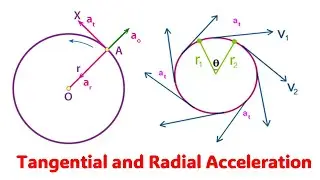What is Force ll Concept of Force ll Complete Lecture ll Physics ll
@PhysicsMaterialsScienceandNano
Lecture Understanding Force and Its Concepts
*Introduction to Force*
Force is a fundamental concept in physics that describes the interaction between objects. It is a vector quantity, meaning it has both magnitude and direction. Forces can cause objects to accelerate, decelerate, change direction, or deform.
*1. Definition of Force*
**Newton's First Law**: A body at rest stays at rest, and a body in motion stays in motion unless acted upon by a net external force. This introduces the idea that force is necessary to change the state of motion of an object.
**Newton’s Second Law**: The force acting on an object is equal to the mass of that object multiplied by its acceleration (F = ma). This law quantifies the concept of force and shows its relationship with mass and acceleration.
*2. Types of Forces*
**Contact Forces**: These occur when two objects are physically touching. Examples include:
**Friction**: The resistance that one surface or object encounters when moving over another.
**Tension**: The force transmitted through a string, rope, or cable when it is pulled tight.
**Normal Force**: The support force exerted upon an object that is in contact with a stable surface.
**Non-Contact Forces**: These act over distances without direct contact. Examples include:
**Gravitational Force**: The attractive force between two masses. It gives weight to objects.
**Electromagnetic Force**: The force between charged particles. It can be attractive or repulsive.
**Nuclear Force**: The force that holds the particles in the nucleus of an atom together.
*3. Characteristics of Forces*
**Magnitude**: The size or strength of the force, typically measured in newtons (N) in the SI unit system.
**Direction**: The line along which the force acts, which can be described using angles or coordinates.
**Point of Application**: The specific location where the force is applied to an object.
*4. The Net Force and Equilibrium*
**Net Force**: The vector sum of all forces acting on an object. If the net force is zero, the object is in equilibrium, meaning it will not change its state of motion.
**Equilibrium**: There are two types:
**Static Equilibrium**: When an object is at rest and all forces acting on it balance out.
**Dynamic Equilibrium**: When an object moves at a constant velocity, with no net force acting on it.
*5. Force Diagrams and Free-Body Diagrams*
**Force Diagrams**: Visual representations showing all the forces acting on an object.
**Free-Body Diagrams**: A specific type of force diagram that isolates an object and illustrates all forces acting on it, helping to analyze the motion and predict behavior.
*6. Applications of Force Concepts*
**Everyday Examples**:
Pushing a car (contact force) to understand friction and applied force.
Understanding weight as gravitational force acting on an object.
**Engineering and Technology**:
Designing structures to withstand forces (like buildings resisting wind loads).
Robotics, where forces must be calculated for movement and stability.
*7. Conclusion*
Force is a core concept in physics that is essential for understanding the dynamics of objects and their interactions. By grasping the various types of forces, their characteristics, and their applications, we can better comprehend the physical world around us.]
*Discussion Questions:*
1. Can you think of a situation where multiple forces are acting on an object? Describe the forces involved.
2. How do different types of friction affect the motion of objects?
3. Why is it important to distinguish between contact and non-contact forces in physics?
Reference
Halliday, D., Resnick, R., & Walker, J. (2014). *Fundamentals of Physics*.
Tipler, P. A., & Mosca, G. (2007). *Physics for Scientists and Engineers*.
Feel free to ask for clarification or deeper exploration of any topic!

